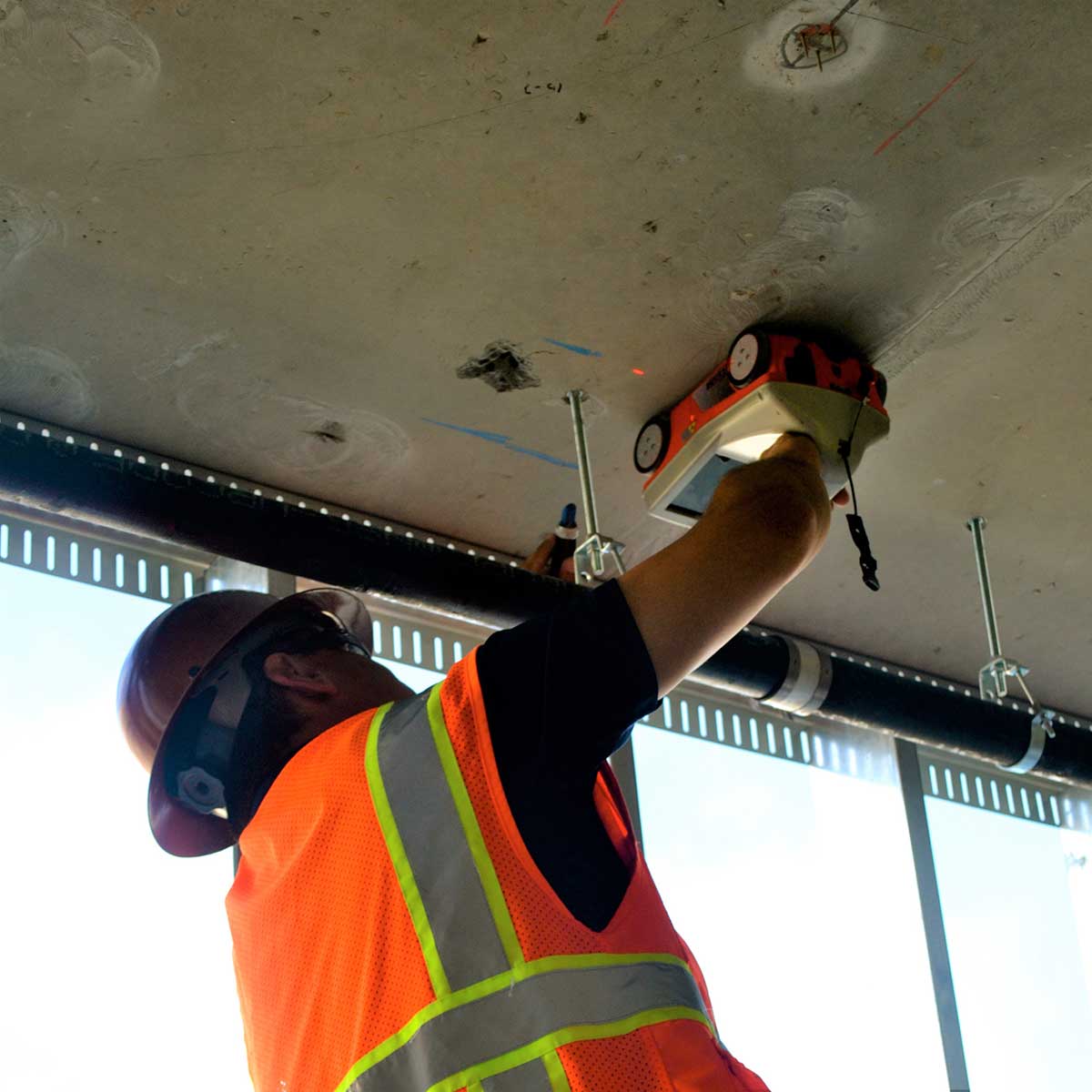The Latest in Smart Lighting Technology for 2025
The Latest in Smart Lighting Technology for 2025 as we head into 2025, the world of smart lighting technology is evolving at an incredible pace. From the way we illuminate our homes and offices to the integration of intelligent systems that can respond to our every move, smart lighting is reshaping the way we experience light. No longer are we confined to standard on-off switches; the future of lighting is all about creating customizable, energy-efficient, and intuitive environments. Let’s explore the groundbreaking advancements in smart lighting technology that are set to redefine how we interact with light.

The Rise of Adaptive Lighting Systems
One of the most exciting developments in smart lighting technology is the advent of adaptive lighting systems. These systems are designed to adjust the brightness, color, and even the intensity of light based on the time of day, natural light availability, or the activities you’re engaged in. Imagine walking into a room and having the lights automatically adjust to suit your needs—bright and energizing during the day, warm and relaxing in the evening.
These systems rely on sophisticated sensors and algorithms to analyze the surrounding environment. For example, during daylight hours, the system may detect natural sunlight streaming in through windows and reduce the artificial lighting to save energy. As the evening sets in, the lights gradually shift to warmer tones, promoting relaxation and helping to regulate your circadian rhythm.
Many brands are incorporating adaptive lighting features into their smart home ecosystems, allowing for greater control over your lighting preferences. Whether you’re working, cooking, or unwinding, adaptive lighting ensures the perfect ambiance for any moment. The technology also extends to outdoor spaces, where garden lights can adjust based on outdoor conditions, creating the perfect mood without wasting power.
Voice Control and Integration with Smart Home Systems
Another key feature of smart lighting technology that continues to gain traction is voice control. Integrating lighting systems with virtual assistants like Amazon Alexa, Google Assistant, and Apple’s Siri allows users to control their lights with simple voice commands. This hands-free interaction adds a layer of convenience, especially when you’re in the middle of an activity and need to adjust the lights without lifting a finger.
Voice control is just one facet of the larger trend toward seamless integration with smart home systems. Imagine coming home from work, and as you walk through the door, your smart lights turn on, your thermostat adjusts to the perfect temperature, and your favorite playlist begins to play—all with a single voice command or trigger.
This integration is also making lighting more intuitive. For example, your system could learn your routines over time and automatically adjust the lighting when you wake up in the morning or when you return home after a long day. This level of automation is not just about convenience—it also contributes to energy savings, as your system will make intelligent decisions on lighting usage based on your habits.
Advanced Color and Mood Customization
In 2025, smart lighting technology is making leaps in terms of color and mood customization. While traditional smart bulbs allowed users to adjust the color temperature of their lighting, the new generation of smart bulbs offers a vastly expanded color palette. These bulbs can now produce millions of colors, enabling users to create any ambiance they desire, from soothing soft pastels for relaxation to vibrant hues for a lively social gathering.
Some smart lighting systems even allow for dynamic color-changing capabilities, where lights can shift and pulse in sync with music or movies. This creates an immersive environment that enhances the overall experience, whether you’re hosting a party, watching a film, or just enjoying a quiet evening at home. The integration of this dynamic lighting with smart home systems opens the door to creating personalized environments for virtually any occasion.
Beyond mere aesthetics, smart lights can also help improve mental and emotional well-being. Studies have shown that the right lighting can influence mood and productivity. In 2025, we will see more smart lighting systems incorporating these findings to offer tailored lighting experiences that align with users’ emotional and physical needs throughout the day.
Energy Efficiency and Sustainability
As sustainability continues to be a top priority, smart lighting technology is leading the charge in creating energy-efficient solutions. The energy consumption of lighting has long been a concern, but advancements in smart lighting systems are making it easier to reduce energy waste while maintaining optimal lighting conditions.
Modern smart lighting solutions are equipped with sensors that detect movement and occupancy, ensuring that lights are only on when needed.
Additionally, many smart bulbs use LED technology, which is far more energy-efficient than traditional incandescent or fluorescent bulbs. LEDs consume less power while providing the same level of brightness, making them an excellent choice for eco-conscious consumers. By combining motion-sensing features with energy-efficient LEDs, smart lighting systems can significantly reduce electricity consumption, lowering both energy bills and environmental impact.
With advancements in solar-powered lighting systems, consumers can also integrate renewable energy sources into their lighting setups. Solar-powered smart lights are becoming increasingly sophisticated, with built-in sensors that adjust the light’s brightness based on the amount of sunlight absorbed throughout the day. These systems offer a sustainable alternative for outdoor lighting, helping to reduce dependence on grid electricity while taking advantage of renewable energy sources.
Smart Lighting for Health and Well-Being
In 2025, smart lighting technology is not just about enhancing the aesthetic appeal of a space but also about promoting the health and well-being of its inhabitants. The role of light in influencing our biological clocks, mood, and productivity is gaining greater attention, and smart lighting systems are now incorporating features designed to optimize these aspects of human health.
One key innovation in this area is the introduction of circadian rhythm lighting. These systems adjust the color temperature and intensity of light throughout the day to mimic natural sunlight patterns. In the morning, the lights emit a cool, bright light that simulates daylight and promotes alertness. As the day progresses, the lighting shifts to warmer hues to signal to the body that it’s time to wind down. This helps regulate the body’s internal clock, improving sleep quality and overall well-being.
Some smart lighting systems go even further by offering personalized lighting schedules based on your unique needs. For those who work from home, smart lighting can provide the optimal balance of light to keep energy levels high and enhance productivity.
Outdoor Smart Lighting
The advancements in smart lighting technology aren’t confined to the interior of our homes. Outdoor lighting systems are also undergoing a revolution, with more homeowners seeking to create dynamic, energy-efficient lighting solutions for their gardens, patios, and driveways.
For instance, some systems can detect when it’s dusk and automatically switch on, providing a warm welcome as the sun sets.
Moreover, the latest in outdoor smart lighting often integrates seamlessly with other smart home technologies.
The Future of Smart Lighting
Looking ahead, smart lighting technology is poised to continue its rapid evolution. With the advent of artificial intelligence, machine learning, and the Internet of Things (IoT), the possibilities for lighting automation are virtually limitless. We can expect systems to become even more intuitive, learning and adapting to our preferences and behaviors over time.
One area of particular promise is the integration of smart lighting with augmented reality (AR) and virtual reality (VR). In the future, we may see lighting systems that change in real time based on the content we’re interacting with in a VR or AR environment, enhancing the immersive experience. Whether it’s gaming, training, or entertainment, smart lighting will play an integral role in creating dynamic, responsive environments.
As we move toward 2025 and beyond, smart lighting technology will continue to be at the forefront of innovation, providing us with intelligent, energy-efficient, and personalized lighting solutions that enhance every aspect of our lives. From sustainability and energy savings to health benefits and seamless integration with smart homes, the future of lighting is bright, and it’s all powered by cutting-edge technology.







